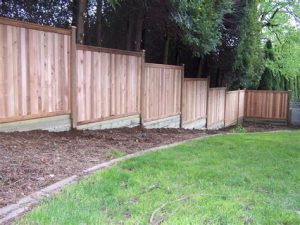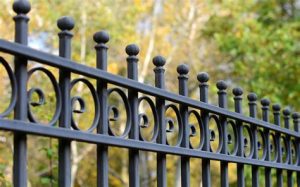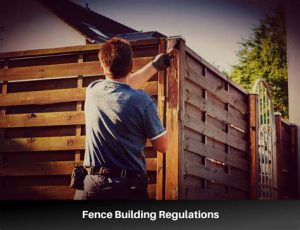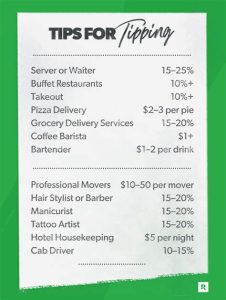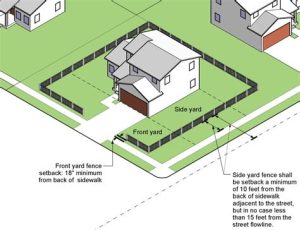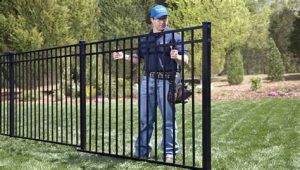Discover essential steps for building a sturdy structure, from assessing the ground to installing posts and adjusting for unevenness.Installing a fence can transform your outdoor space, providing privacy, security, and aesthetic appeal. However, if you’re dealing with uneven ground, you might be wondering if it’s possible to tackle this project on your own. The good news is that, with the right approach and a bit of planning, you can successfully install a fence even on a sloped or irregular terrain. In this blog post, we’ll guide you through the essential steps, from assessing the ground and choosing the right materials to preparing the site and installing the posts. You’ll also learn how to adjust for unevenness to ensure a sturdy and attractive fence that meets your needs. Whether you’re a seasoned DIY enthusiast or a first-time homeowner, our comprehensive tips will help you navigate the challenges of fencing on uneven ground with confidence.
Assessing the Ground
Before starting any fencing project, especially in areas with uneven ground, it is crucial to thoroughly assess the ground. This step will guide you in determining the necessary adjustments and materials needed to achieve a sturdy and level fence.
Start by examining the topography of your yard. Look for slopes, dips, and any potential obstacles such as rocks or tree roots. You can use a level or a laser level tool to better understand the elevation differences within the area where you plan to install the fence. Additionally, be aware of drainage patterns in your yard, as this can affect both the installation process and the longevity of your fence.
After you assess the overall condition, create a detailed plan of action. Documenting the data will help you choose the right type of fencing and materials. If the unevenness is more than what you anticipated, you may want to consider using retaining walls or adjustments in post height to compensate for the predicaments faced on uneven ground.
Choosing the Right Materials
When it comes to installing your own fence on uneven ground, choosing the right materials is crucial. The materials you select will not only affect the durability and appearance of your fence but also play a significant role in its ability to withstand the challenges posed by a uneven terrain.
- Wood: A classic choice, wood offers a natural look and is available in various styles. However, it may require regular maintenance to prevent decay and fading.
- Vinyl: This material is low-maintenance and resistant to weathering, making it a great choice for uneven landscapes. It comes in a variety of colors and styles that mimic wood.
- Chain Link: Ideal for budget-conscious projects, chain link fences are durable and easy to install. They may not provide much privacy but are effective in marking boundaries.
- Composite: Made from recycled materials, composite fencing is environmentally friendly and resistant to pests. It offers the look of wood without the high maintenance.
Choosing the right materials involves assessing your budget, the aesthetic you desire, and the level of maintenance you’re willing to commit to. For example, if you want a low-maintenance solution that can adapt to vertical adjustments, vinyl could be an ideal option. On the other hand, if you desire a more natural look and are prepared for upkeep, wood might be the way to go.
Preparing the Site
Before installing a fence, especially on uneven ground, it’s essential to methodically prepare the site. This crucial step lays the foundation for a sturdy and visually appealing fence that stands the test of time.
- Clear the Area: Remove any debris, rocks, or vegetation that may interfere with the fence installation. This not only creates a clean work environment but also prevents potential obstructions during and after the installation.
- Determine Property Lines: It’s vital to identify your property boundaries correctly. Utilize a surveying tool or consult with local authorities to avoid any disputes with neighbors over property lines.
- Mark the Layout: Use stakes and a string line to outline where your fence will go. This helps visualize the final structure and ensures that all posts are aligned correctly, even if the ground is uneven.
Additionally, keep in mind the slope of the land. For steep inclines or declines, you might need to adapt the installation technique, such as stepping the panels or using a mix of shorter and taller posts to maintain a uniform height throughout.
Finally, consider your local building codes and regulations. Some areas have specific requirements regarding fence heights, materials, and installations.
Installing the Posts
When it comes to installing fence posts, taking the right steps is crucial, especially if your ground is uneven. Before you start, ensure you have all the necessary tools and materials ready. Typically, you’ll need a post hole digger, gravel, concrete mix, and a level. Let’s break down the steps for a successful installation.
1. Mark the Post Locations: Use stakes and string to delineate where each post will be placed. This ensures proper spacing and alignment.
2. Dig the Holes: Use your post hole digger to create holes at least one-third the length of the posts in depth. If the ground is particularly uneven, consider digging wider holes to allow for a more stable base.
3. Set the Posts: Place the post in the center of the hole. For added stability, pour approximately six inches of gravel at the bottom before placing the post. This helps with drainage and reduces the risk of rot.
4. Level the Posts: Use a level to make sure the post is plumb. You can adjust the height by adding or removing gravel or soil around the base.
5. Secure the Posts: Once your posts are level, you can use concrete mix to secure them in place. Follow the instructions on the concrete bag for mixing and pouring. This will provide a solid foundation for your fence.
6. Allow to Cure: Give the concrete time to set, typically 24-48 hours, before attaching the fence panels.
By following these guidelines for installing fence posts on uneven ground, you can achieve a professional-looking fence that stands the test of time.
Adjusting for Unevenness
When it comes to installing a fence on uneven ground, adjusting for unevenness is a crucial step that can determine the overall success of your project. Uneven terrain can pose challenges, but with proper planning and techniques, you can still achieve a level fence that looks great and functions well.
One effective method for dealing with uneven ground is to create a fence that steps up or down along the slope. This involves measuring the height differences at various points along the proposed fence line and adjusting the height of each fence section accordingly.
- 1. Measure the Height Differences: Use a level or a measuring tape to find the height at various points.
- 2. Plan the Section Heights: Decide how many steps your fence will have and how high each section will be based on your measurements.
- 3. Cut and Adjust Posts: Ensure each post is cut to the correct height to maintain a consistent look.
An alternative method is to use floating panels for your fence. Floating panels can flex to accommodate uneven surfaces, allowing for a seamless look without compromising the integrity of the fence. Especially useful for wood or vinyl fences, floating panels can be installed with some gaps at the bottom to ensure that they follow the contour of the ground. This approach not only minimizes the risk of obstructions but also maintains a uniform aesthetic.
Regardless of the method you choose, remember that achieving a level and professional-looking fence will largely depend on your careful planning and execution when adjusting for unevenness. Being flexible in your design and remaining attentive to the terrain will help you create a fence that you can be proud of.
Frequently Asked Questions
Can I install a fence on uneven ground?
Yes, you can install a fence on uneven ground, but it may require additional planning and adjustments to ensure stability and alignment.
What are the best types of fences for uneven terrain?
The best types of fences for uneven terrain include wood split-rail fences, chain-link fences with tension wires, and vinyl fencing, as they can adapt better to changes in height.
Do I need a permit to install a fence on uneven ground?
Permit requirements vary by location, so it’s essential to check with your local zoning office before starting your fence installation, regardless of the terrain.
What tools do I need to install a fence on uneven ground?
You will need basic tools such as a shovel, post hole digger, level, measuring tape, hammer, and possibly a saw for cutting fence panels to fit the terrain.
Can I level the ground before installing a fence?
Yes, you can level the ground by grading or filling in low spots, but this can be labor-intensive and may not always be necessary depending on the fence style.
What are the challenges of installing a fence on uneven ground?
Challenges include maintaining consistent height, ensuring stability in posts, and dealing with drainage issues that may arise from changing ground levels.
Should I consult a professional for fence installation on uneven ground?
If you’re unsure about how to approach the installation or have significant elevation changes, consulting a professional can ensure a better outcome and save you time and effort.
